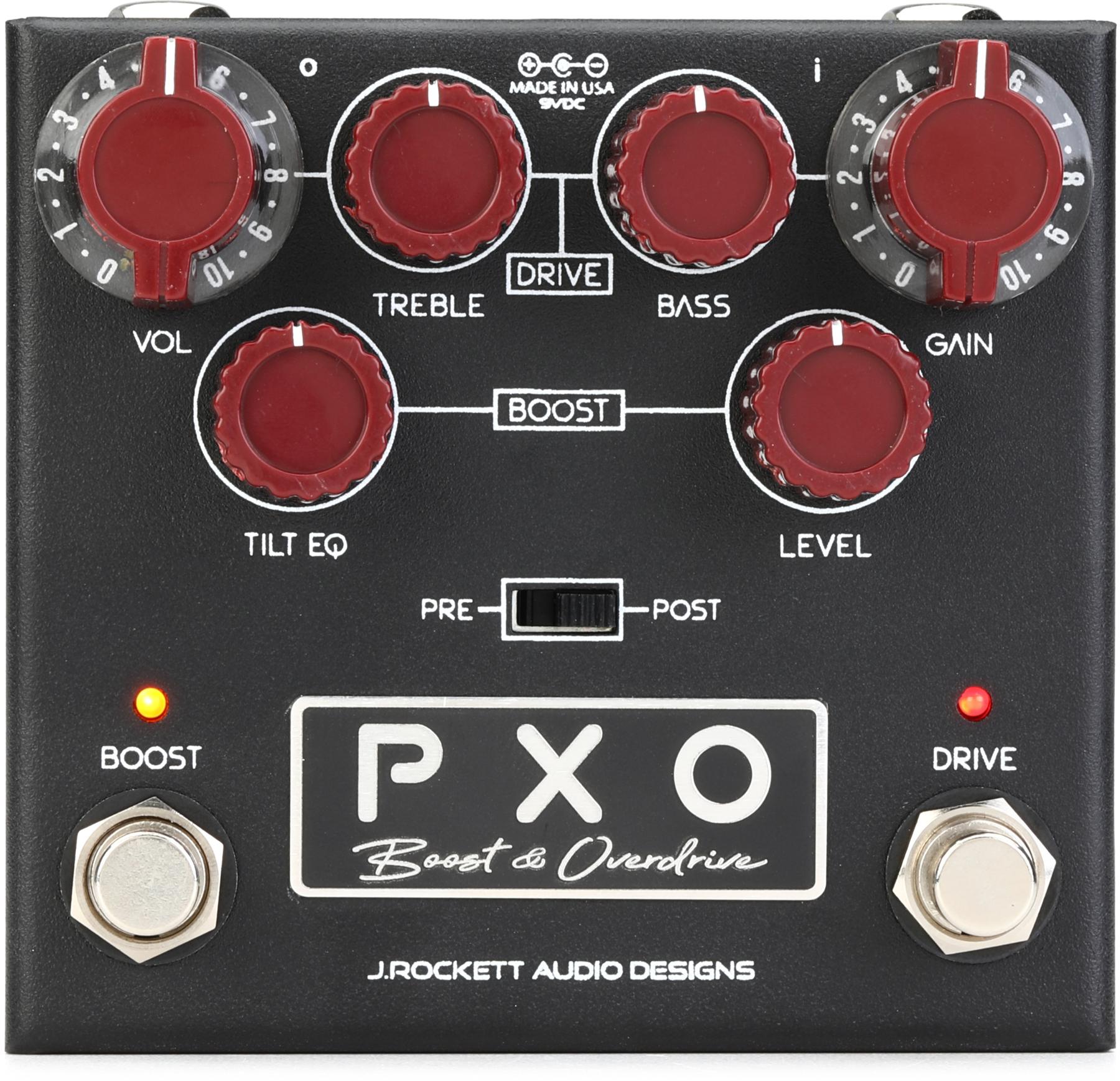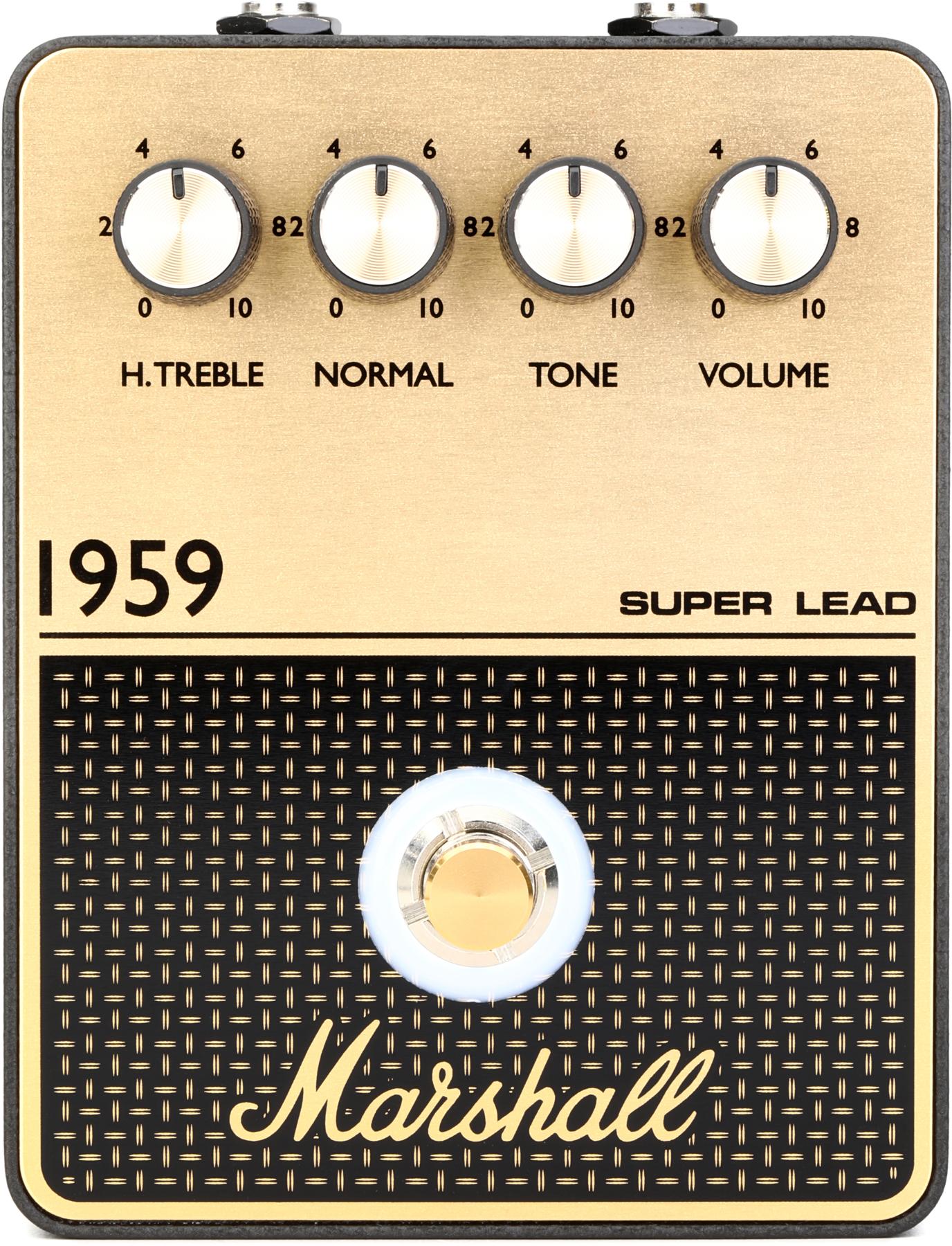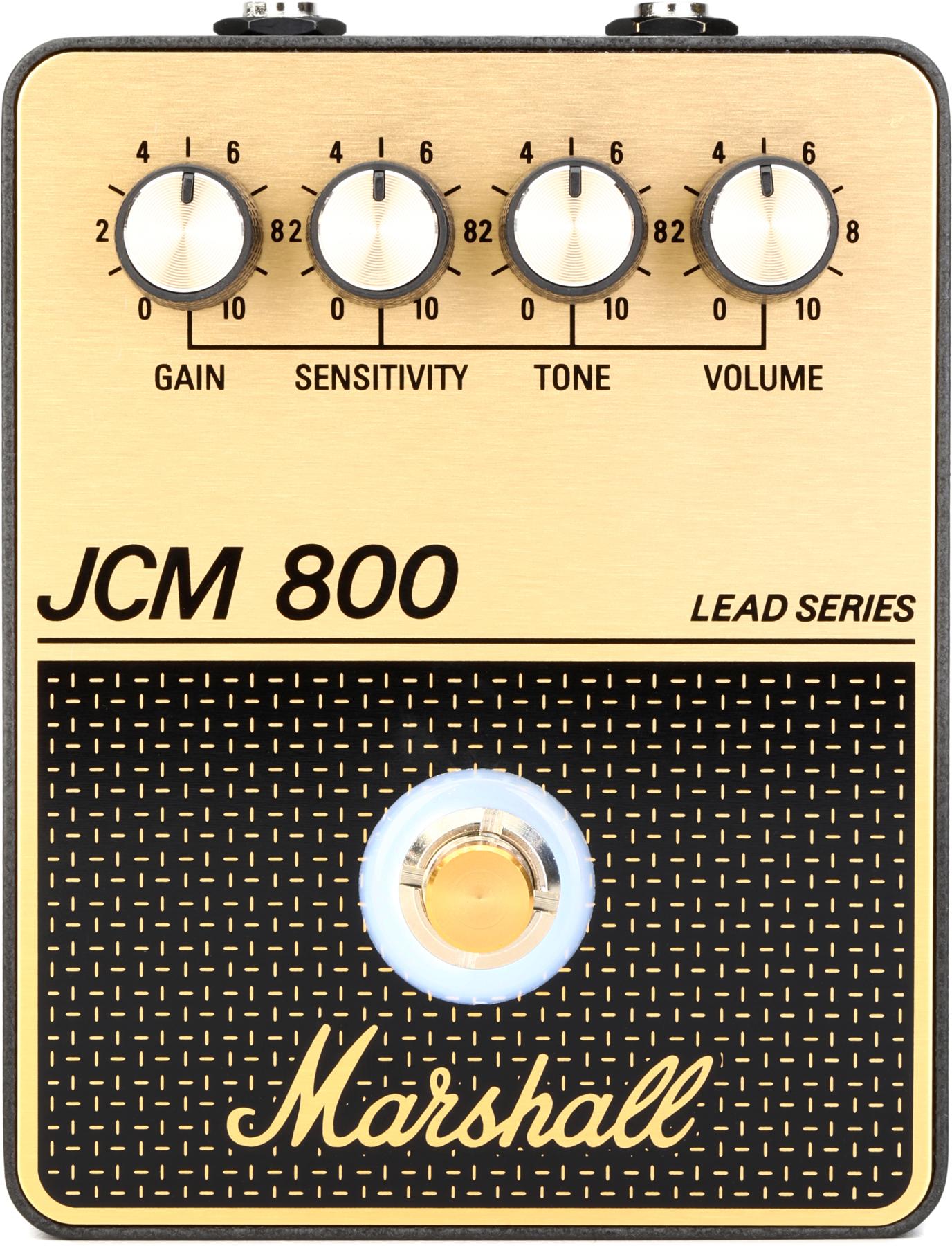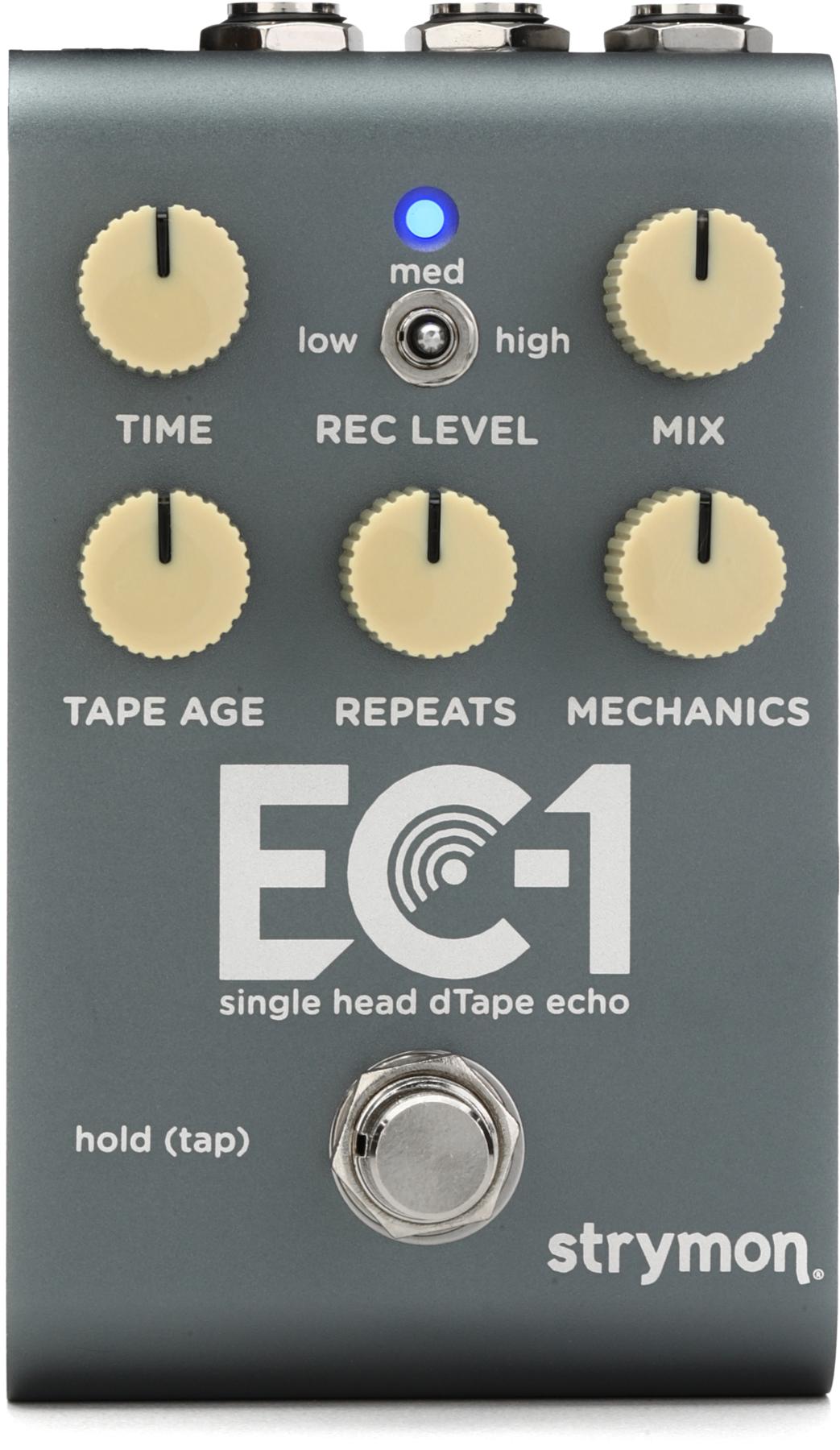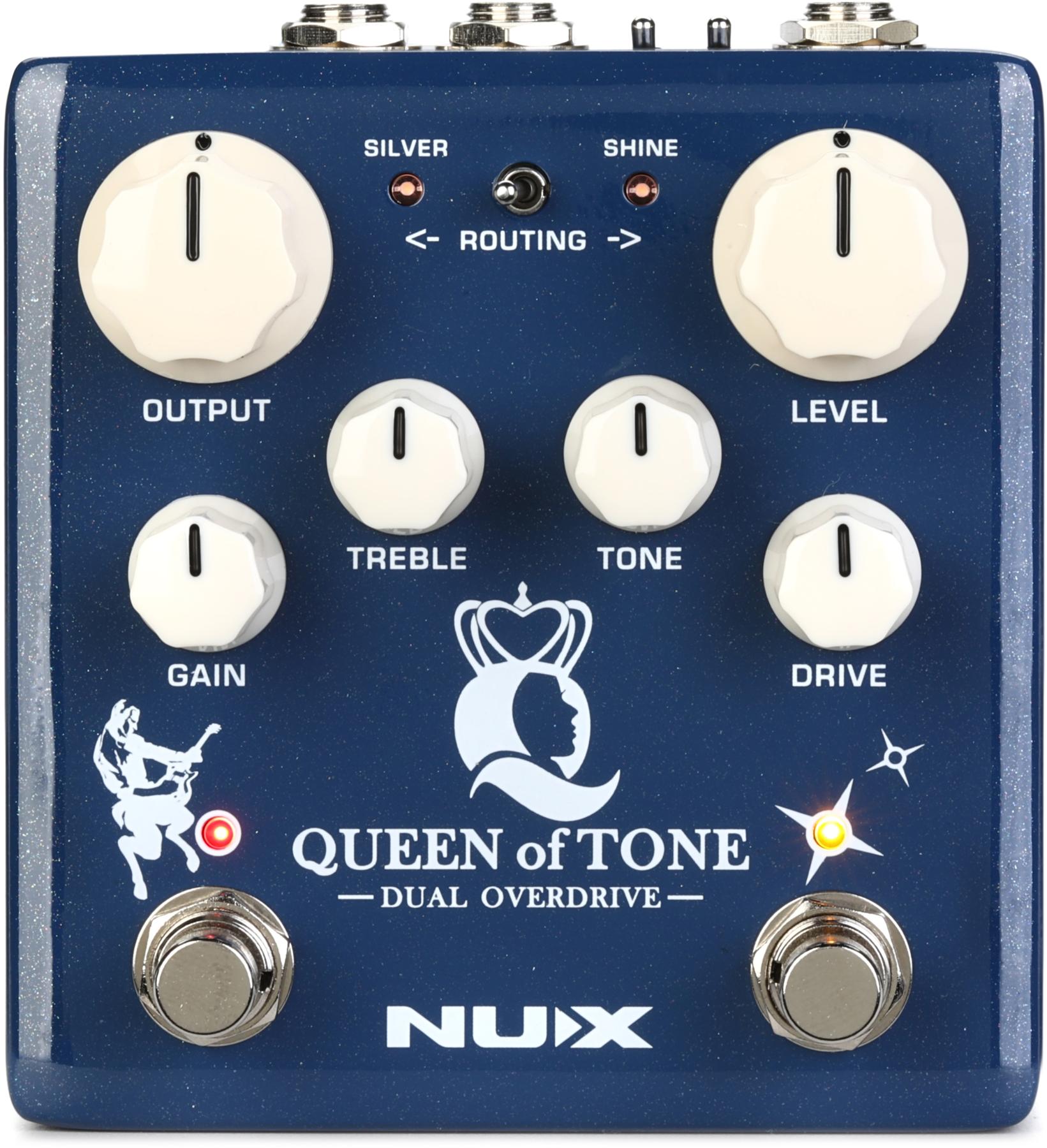A vintage circuit detective’s life isn’t exactly that of a Benedictine monk. But to decode what makes vintage Big Muffs tick, you inevitably give away many hours of your life. For Matt Holl’s part in this sacrifice, players can reliably experience choice and unique vintage Muff tones in the form of his well-built and often vintage-handsome Wren and Cuff pedals. Holl fully embraces the idiosyncrasies in Big Muffs, and the potential of those quirks. His Forest Through The Trees (formerly known as the De La Riva), for example, employs 20 DIP switches for moving between gain transistors, clipping diodes, biasing, and just about every other component in the circuit. The Garbage Face, meanwhile, creatively replicates the drifting and very irregular component values in J Mascis’ original Ram’s Head Muff. Each pedal reflects Holl’s understanding that old Big Muffs are individuals, and that the key to a pedal’s appeal can lurk in unexpected places.
Holl's newest Big Muff-inspired pedal, The Good One, is the product of another deep dive in the haystack of variables that make up a vintage Muff. And though many tone differences will be discernible primarily to experienced Muff players, it's still certain to be a thrill ride for the uninitiated or anyone that has muddled along with a mediocre take on the circuit.
The Good One’s controls yield copious variations on its basic voice—particularly when you take an open-minded approach to using the tone and sustain knobs.
A Three-Pointed Superstar
For those less well versed in Big Muff history and lore, The Good One is based on a “triangle” Big Muff circuit. Triangle Muffs represent the pedal’s very first generation. And in the estimates of some experts, they are the most varied Muffs of all—which is saying a lot. In 2020 Holl received a very old Triangle for restoration. And because the pedal wasn’t working at all, he had an especially close look at the whole circuit. What he found was an unexpected amalgam of unusual component values and inexpensive ceramic disk capacitors (which are more likely to be microphonic than their metal film counterparts). What he heard, though, was uniquely awesome—even to his very Muff-attuned ears
Approximating those sounds—and the component values that made them—meant that Holl used a mix of new components (metal film resistors) and old ones (NOS versions of those nasty old ceramic disk caps). Holl self-deprecatingly calls the resulting circuit “grungy” looking. And there is definitely a Radio Shack electronic project charm about the layout—at least until you realize how immaculately it’s put together.
Right to the Point
Though the audible differences between vintage Big Muffs can be vast within a given production run—never mind among completely different versions—Triangle Muffs have a reputation for articulation and clarity, at least by Big Muff standards. Those attributes definitely make up part of The Good One’s personality, but they are far from the only distinguishing characteristics. Unlike a lot of Big Muffs, The Good One’s controls yield copious variations on its basic voice—particularly when you take an open-minded approach to using the tone and sustain knobs. In various combinations, the two controls can make The Good One’s voice sound snorkely and filtered like a wah, tight, compressed, and buzzing like a primitive mid-1960s fuzz, or scorchingly blown out. Compared to a few favorite Big Muff clones, The Good One’s sustain control has a noticeably greater range of color. That also makes it a much more flexible pairing for an overdrive or boost. It also generates very cool fuzz sounds when paired with low-wattage amps and small speakers. And it’s exciting to consider the ways The Good One would excel at creating non-canonical Big Muff sounds in the studio.
The Good One isn’t lacking for those either, however. At the hottest sustain and trebliest tone control positions—and when used at the volume and brutish musical context many would consider most apropos for a Big Muff—The Good One still takes on a whitewashed, compressed, and gauzy tone that rips, but obscures some of The Good One’s most complex high-gain tones. Back the sustain off just a notch, though, strip back some treble, and The Good One growls with much more focus and just as much mass. Solo tones still sing at these slightly south-of-maximum-gain settings as well. So, you need not fear for lack of sustain. Sovtek-style Big Muff users may miss some of the smoother overtones you hear from those pedals at high-gain settings. But The Good One offers much sharper transients in trade—a factor that makes The Good One shine among lesser Muff-style fuzzes.
The Verdict
It’s peculiar to say, perhaps, given its very specific origins, but The Good One is the kind of Muff-style fuzz that Muff skeptics and newbies can embrace. Big Muff devotees and traditionalists can fairly expect to fall in love, too. But the extra range in its voice make it comparatively flexible. And if the music you make transcends skull-bludgeoning classic Muff sounds, you’ll find many cool fuzz textures here to utilize and experiment with.
Wren and Cuff The Good one

- Ships within 5 days
- Vintage ceramic disc caps in signal path
- Period correct carbon composition resistors
- Heavy duty folded steel enclosure
- True hardwire bypass
- Made in the USA












